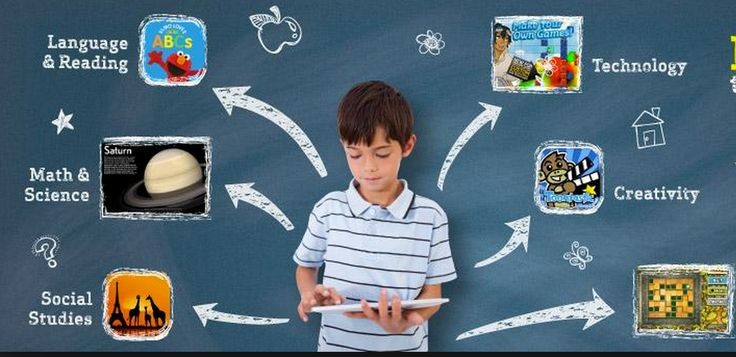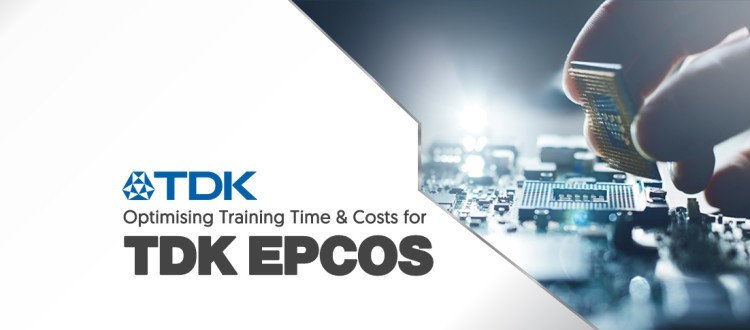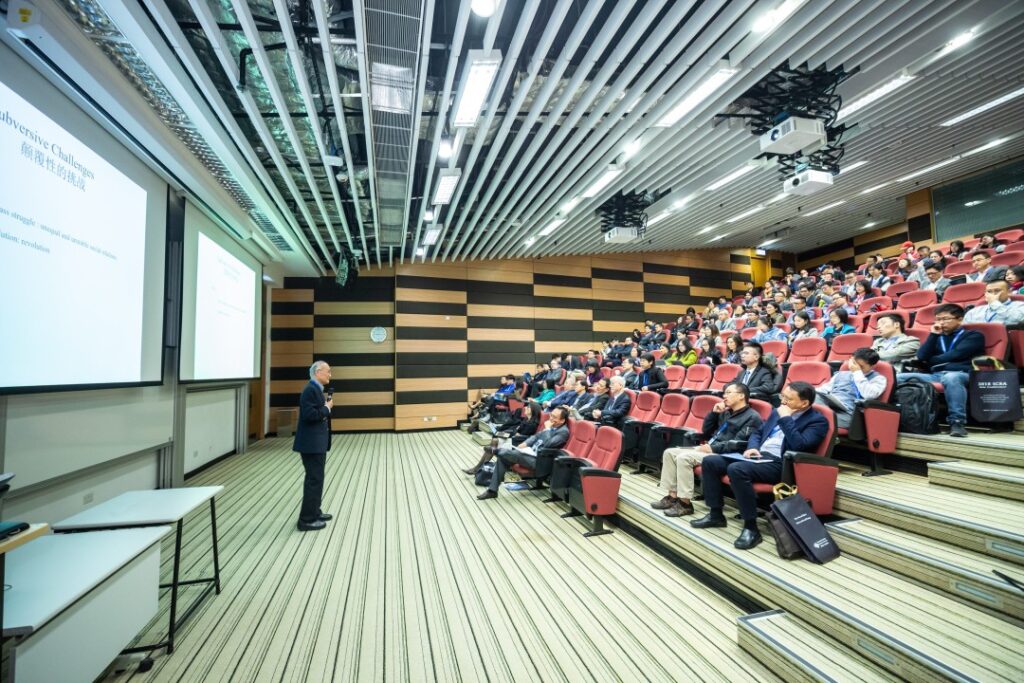Business Consultant & Sales Coach: Transforming Businesses for Sustainable Growth
In today’s highly competitive business landscape, companies must constantly evolve to stay ahead. Whether you’re a startup looking to establish a strong foundation or an established business aiming for exponential growth, the right guidance can make all the difference. This is where a Business Consultant & Sales Coach plays a vital role in helping businesses optimize their strategies and achieve their goals. The Role of a Business Consultant A business consultant is a professional who provides expert advice to organizations to improve efficiency, profitability, and overall operations. Their primary objective is to analyze business processes, identify areas of improvement, and implement strategies that drive success. Key Responsibilities of a Business Consultant: Strategic Planning – Assisting businesses in setting long-term and short-term goals aligned with market trends. Operational Efficiency – Streamlining processes to enhance productivity and reduce unnecessary costs. Market Research & Competitive Analysis – Identifying new opportunities and understanding industry trends. Financial Advisory – Providing insights on budgeting, cost-cutting, and revenue optimization. Change Management – Helping companies adapt to new technologies, policies, and market shifts. Risk Management – Assessing potential risks and devising strategies to mitigate them. By leveraging their expertise, business consultants empower organizations to make informed decisions that foster growth and stability. The Importance of a Sales Coach While business consulting focuses on overall organizational efficiency, sales coaching is specifically tailored to boost revenue by enhancing sales performance. A Sales Coach works closely with sales teams, entrepreneurs, and business leaders to refine their sales techniques, communication skills, and client engagement strategies. How a Sales Coach Adds Value: Sales Strategy Development – Creating customized sales plans based on business objectives and target markets. Improving Sales Techniques – Training sales teams on negotiation, closing deals, and handling objections effectively. Enhancing Communication Skills – Helping sales professionals develop persuasive and impactful messaging. Lead Generation & Conversion Optimization – Teaching strategies to generate quality leads and maximize conversions. Performance Analysis – Evaluating sales performance through data-driven insights and feedback. Motivation & Mindset Training – Building confidence and resilience in sales professionals to overcome challenges. A well-trained sales team, guided by an experienced sales coach, can significantly improve business revenues and client retention. Why Businesses Need Both – Business Consultant & Sales Coach For a business to thrive, both operational efficiency and a strong sales strategy are crucial. A Business Consultant & Sales Coach offers a holistic approach by aligning business objectives with effective sales strategies. This dual expertise ensures that a company not only runs smoothly but also consistently achieves its sales targets. Benefits of Hiring a Business Consultant & Sales Coach: Integrated Business Growth: Combines strategy, operations, and sales for comprehensive growth. Customized Solutions: Tailors strategies to suit specific business needs and industry trends. Increased Revenue: Helps businesses optimize sales processes for higher profitability. Stronger Brand Positioning: Enhances market presence and customer engagement. Long-Term Success: Implements sustainable business practices for continued growth. How to Choose the Right Business Consultant & Sales Coach Selecting the right expert is crucial for achieving desired business results. Here are key factors to consider: Industry Experience – Look for professionals with a proven track record in your industry. Client Testimonials & Case Studies – Assess their past success stories and client feedback. Customized Approach – Ensure they offer tailored strategies instead of a one-size-fits-all solution. Strong Communication Skills – The ability to clearly convey strategies and provide actionable insights is essential. Data-Driven Methodology – A consultant who uses analytics and measurable KPIs is more effective in delivering results. Final Thoughts A Business Consultant & Sales Coach is an invaluable asset for businesses looking to enhance their operational efficiency and sales performance. Whether you are a startup aiming to establish a strong foundation or a growing company looking to scale, the right expertise can accelerate your success. If you’re looking for professional guidance to transform your business and sales strategies, let’s connect. Together, we can develop a roadmap that leads to sustainable growth and long-term success. Recent Posts Business Consultant & Sales Coach: Transforming Businesses for Sustainable Growth From Logo to Legacy: How a Branding Agency in India Shapes Iconic Brands Flipped Classroom a way to Interactive Classroom How Executives can manage their day more effectively. Augmented Reality in Education Which level of Interactivity you need? No posts found
Business Consultant & Sales Coach: Transforming Businesses for Sustainable Growth Read More »








